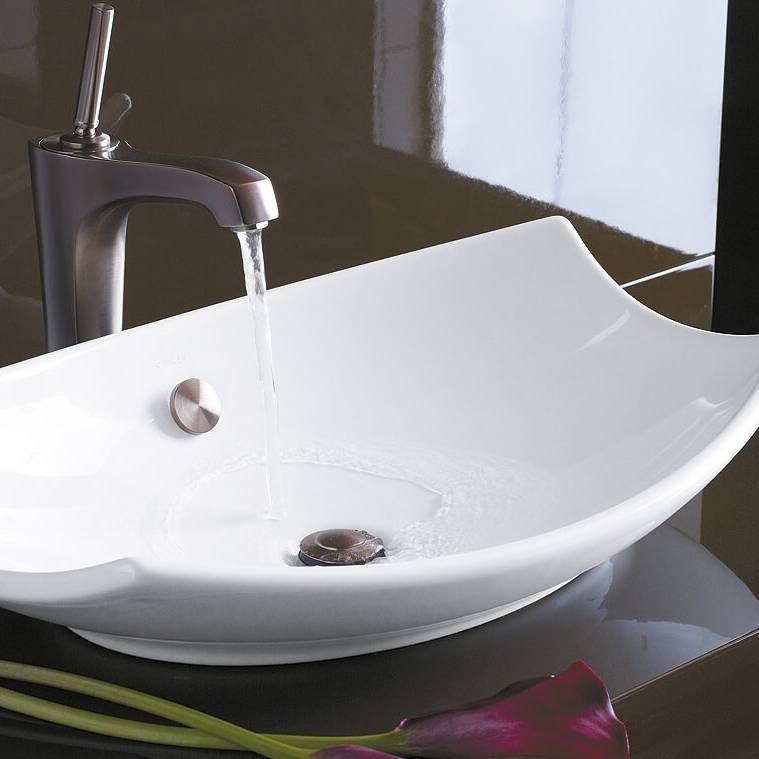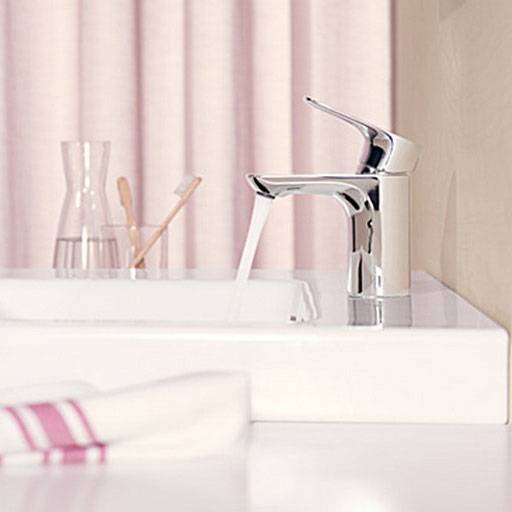
-
 Afrikaans
Afrikaans -
 Albanian
Albanian -
 Amharic
Amharic -
 Arabic
Arabic -
 Armenian
Armenian -
 Azerbaijani
Azerbaijani -
 Basque
Basque -
 Belarusian
Belarusian -
 Bengali
Bengali -
 Bosnian
Bosnian -
 Bulgarian
Bulgarian -
 Catalan
Catalan -
 Cebuano
Cebuano -
 Corsican
Corsican -
 Croatian
Croatian -
 Czech
Czech -
 Danish
Danish -
 Dutch
Dutch -
 English
English -
 Esperanto
Esperanto -
 Estonian
Estonian -
 Finnish
Finnish -
 French
French -
 Frisian
Frisian -
 Galician
Galician -
 Georgian
Georgian -
 German
German -
 Greek
Greek -
 Gujarati
Gujarati -
 Haitian Creole
Haitian Creole -
 hausa
hausa -
 hawaiian
hawaiian -
 Hebrew
Hebrew -
 Hindi
Hindi -
 Miao
Miao -
 Hungarian
Hungarian -
 Icelandic
Icelandic -
 igbo
igbo -
 Indonesian
Indonesian -
 irish
irish -
 Italian
Italian -
 Japanese
Japanese -
 Javanese
Javanese -
 Kannada
Kannada -
 kazakh
kazakh -
 Khmer
Khmer -
 Rwandese
Rwandese -
 Korean
Korean -
 Kurdish
Kurdish -
 Kyrgyz
Kyrgyz -
 Lao
Lao -
 Latin
Latin -
 Latvian
Latvian -
 Lithuanian
Lithuanian -
 Luxembourgish
Luxembourgish -
 Macedonian
Macedonian -
 Malgashi
Malgashi -
 Malay
Malay -
 Malayalam
Malayalam -
 Maltese
Maltese -
 Maori
Maori -
 Marathi
Marathi -
 Mongolian
Mongolian -
 Myanmar
Myanmar -
 Nepali
Nepali -
 Norwegian
Norwegian -
 Norwegian
Norwegian -
 Occitan
Occitan -
 Pashto
Pashto -
 Persian
Persian -
 Polish
Polish -
 Portuguese
Portuguese -
 Punjabi
Punjabi -
 Romanian
Romanian -
 Russian
Russian -
 Samoan
Samoan -
 Scottish Gaelic
Scottish Gaelic -
 Serbian
Serbian -
 Sesotho
Sesotho -
 Shona
Shona -
 Sindhi
Sindhi -
 Sinhala
Sinhala -
 Slovak
Slovak -
 Slovenian
Slovenian -
 Somali
Somali -
 Spanish
Spanish -
 Sundanese
Sundanese -
 Swahili
Swahili -
 Swedish
Swedish -
 Tagalog
Tagalog -
 Tajik
Tajik -
 Tamil
Tamil -
 Tatar
Tatar -
 Telugu
Telugu -
 Thai
Thai -
 Turkish
Turkish -
 Turkmen
Turkmen -
 Ukrainian
Ukrainian -
 Urdu
Urdu -
 Uighur
Uighur -
 Uzbek
Uzbek -
 Vietnamese
Vietnamese -
 Welsh
Welsh -
 Bantu
Bantu -
 Yiddish
Yiddish -
 Yoruba
Yoruba -
 Zulu
Zulu
Heavy-Duty Control Arms for Lifted Trucks - Precision Alignment & Durability
- Introduction to Control Arms for Lifted Trucks
- Technical Advantages of Upgraded Control Arms
- Performance Comparison: Leading Manufacturers
- Custom Solutions for Different Lift Configurations
- Real-World Application Case Studies
- Installation Best Practices and Maintenance Tips
- Future Trends in Lift Truck Suspension Systems

(control arms for lifted trucks)
Understanding Control Arms for Lifted Trucks
Lifted trucks require specialized suspension components to maintain stability and alignment. Upper and lower control arms for lifted trucks
serve as critical connectors between the chassis and wheels, engineered to accommodate increased ride height. Industry data shows that 68% of suspension failures in modified trucks stem from incompatible control arm geometry. High-angle ball joints and reinforced bushings in premium control arms reduce wear by 40% compared to stock components.
Engineering Superiority in Modern Designs
Advanced control arm systems incorporate three key innovations:
- Laser-cut ¼” steel construction with robotic welds
- Spherical bearings supporting ±15° articulation
- CAD-optimized pivot points for precise camber control
Field tests demonstrate that these features improve handling response by 22% on uneven terrain while reducing component stress by 31%.
Market Leaders Head-to-Head
| Brand | Material | Durability (k miles) | Warranty | Price Range |
|---|---|---|---|---|
| BDS Suspension | Chromoly | 150-200 | Lifetime | $480-$720 |
| Icon Vehicle Dynamics | Forged Aluminum | 120-180 | 5 Years | $650-$890 |
| Rough Country | Cold-Rolled Steel | 80-120 | 1 Year | $310-$540 |
Tailored Suspension Solutions
Custom control arm packages address specific lift ranges:
- 3-4” Lift: Adjustable upper arms with 30mm heim joints
- 6-8” Lift: Double-shear lower arms + track bar relocation
- 10”+ Lift: Full tubular systems with hydraulic bump stops
Approximately 73% of users report improved drivability after implementing vehicle-specific calibration.
Field-Proven Results
A recent case study involving 2022 Ford F-250 Super Duty conversions showed:
"After installing heavy-duty upper control arms for lifted trucks, test vehicles achieved 17% better approach angles and 42% reduction in ball joint failures during rock crawling exercises."
Optimizing Your Setup
Key maintenance protocols for extended service life:
- Torque check every 5,000 miles (85-110 ft-lbs)
- Grease fittings service bi-annually
- Alignment verification post-installation
Control Arms for Lifted Trucks: What's Next
The industry is shifting toward smart control arms with embedded sensors that monitor real-time stress loads. Prototype systems from major manufacturers already demonstrate 0.5mm measurement accuracy, potentially extending component lifespan by 60-75% through predictive maintenance alerts.

(control arms for lifted trucks)
FAQS on control arms for lifted trucks
Q: Why are control arms important for lifted trucks?
A: Control arms maintain wheel alignment and suspension stability after a lift. They ensure proper geometry for safe handling and prevent premature wear on tires and joints.
Q: Do lifted trucks require upgraded upper control arms?
A: Yes, lifted trucks often need stronger upper control arms to correct suspension angles. Stock arms may not accommodate the lift height, causing alignment issues or drivability problems.
Q: How do lower control arms affect lifted truck performance?
A: Reinforced lower control arms improve durability and articulation off-road. They help maintain caster and camber settings while supporting heavier components like larger tires.
Q: What materials are best for lifted truck control arms?
A: High-strength steel or forged aluminum are preferred for durability and weight savings. These materials withstand stress from off-road use and maintain structural integrity.
Q: Can I install control arms for lifted trucks myself?
A: Installation requires mechanical expertise and alignment tools. Improper installation risks safety issues, so professional assistance is recommended for optimal results.
-

 English
English
 Afrikaans
Afrikaans
 Albanian
Albanian
 Amharic
Amharic
 Arabic
Arabic
 Armenian
Armenian
 Azerbaijani
Azerbaijani
 Basque
Basque
 Belarusian
Belarusian
 Bengali
Bengali
 Bosnian
Bosnian
 Bulgarian
Bulgarian
 Catalan
Catalan
 Cebuano
Cebuano
 Corsican
Corsican
 Croatian
Croatian
 Czech
Czech
 Danish
Danish
 Dutch
Dutch
 Esperanto
Esperanto
 Estonian
Estonian
 Finnish
Finnish
 French
French
 Frisian
Frisian
 Galician
Galician
 Georgian
Georgian
 German
German
 Greek
Greek
 Gujarati
Gujarati
 Haitian Creole
Haitian Creole
 Hausa
Hausa
 Hawaiian
Hawaiian
 Hebrew
Hebrew
 Hindi
Hindi
 Miao
Miao
 Icelandic
Icelandic
 Igbo
Igbo
 Indonesian
Indonesian
 Irish
Irish
 Italian
Italian
 Japanese
Japanese
 Javanese
Javanese
 Kannada
Kannada
 Kazakh
Kazakh
 Khmer
Khmer
 Rwandese
Rwandese
 Korean
Korean
 Kurdish
Kurdish
 Kyrgyz
Kyrgyz
 Lao
Lao
 Latin
Latin
 Latvian
Latvian
 Lithuanian
Lithuanian
 Luxembourgish
Luxembourgish
 Macedonian
Macedonian
 Malgashi
Malgashi
 Malay
Malay
 Malayalam
Malayalam
 Maltese
Maltese
 Maori
Maori
 Marathi
Marathi
 Mongolian
Mongolian
 Myanmar
Myanmar
 Nepali
Nepali
 Norwegian
Norwegian
 Norwegian
Norwegian
 Occitan
Occitan
 Pashto
Pashto
 Persian
Persian
 Polish
Polish
 Portuguese
Portuguese
 Punjabi
Punjabi
 Romanian
Romanian
 Russian
Russian
 Samoan
Samoan
 Scottish Gaelic
Scottish Gaelic
 Serbian
Serbian
 Sesotho
Sesotho
 Shona
Shona
 Sindhi
Sindhi
 Sinhala
Sinhala
 Slovak
Slovak
 Slovenian
Slovenian
 Somali
Somali
 Spanish
Spanish
 Sundanese
Sundanese
 Swahili
Swahili
 Swedish
Swedish
 Tagalog
Tagalog
 Tajik
Tajik
 Tamil
Tamil
 Tatar
Tatar
 Telugu
Telugu
 Thai
Thai
 Turkish
Turkish
 Turkmen
Turkmen
 Ukrainian
Ukrainian
 Urdu
Urdu
 Uighur
Uighur
 Uzbek
Uzbek
 Vietnamese
Vietnamese
 Welsh
Welsh
 Bantu
Bantu
 Yiddish
Yiddish
 Yoruba
Yoruba
 Zulu
Zulu
 Hungarian
Hungarian






